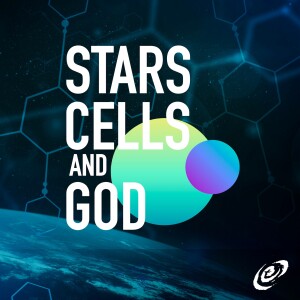
Wednesday Jul 03, 2024
Do Early Supermassive Black Holes Refute the Big Bang? | News of the Day
Join Hugh Ross in this breaking News of the Day episode of Stars, Cells, and God. Hugh describes the discovery of four fully-formed supermassive black holes that existed just 410–760 million years after the cosmic creation event.
Do Early Supermassive Black Holes Refute the Big Bang?
- Quasar J1120+0641, seen 760 million years after the cosmic beginning, has a supermassive black hole (SMBH) weighing 1.52 billion solar masses.
- Quasar J1342+0928, seen 700 million years after the beginning, has a SMBH weighing 0.78 billion solar masses.
- Quasar J0313-1806, seen 690 million years after the beginning, has a SMBH of 1.6 billion solar masses.
- The most distantly detected SMBH belongs to GN-z11. Just 410 million after the beginning, its SMBH weighs 0.002 billion solar masses.
- There are three ways such SMBHs can form so early in a big bang universe: through 1) very aggressive early gas accretion by the BHs; 2) mergers of the BHs arising from many 500+ solar-mass first generation stars; and 3) mergers of 10,000+ solar-mass gas clouds that collapse into black holes without forming stars.
- The discovery of many more cosmic dawn SMBHs will determine which one, of more, of the three ways explains the SMBHs.
Links and Resources: